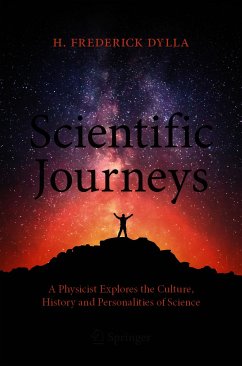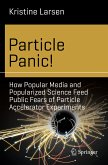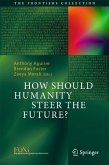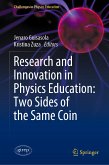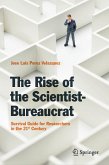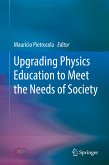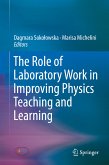This collection of essays traces a scientific journey bookmarked by remarkable mentors and milestones of science. It provides fascinating reading for everyone interested in the history, public appreciation, and value of science, as well as giving first-hand accounts of many key events and prominent figures. The author was one of the "sputnik kids" growing up in the US at the start of the space age. He built a working laser just two years after they were first invented, an experience that convinced him to become a physicist. During his 50-year career in physics, many personalities and notable events in science and technology helped to form his view of how science contributes to the modern world¿, including his conviction that the impact of science can be most effective when introduced within the context of the humanities - especially history, literature and the arts.
From the Foreword by former U.S. Congressman, RushD. Holt:
In this volume, we have the wide-ranging thoughts and observations of Fred Dylla, an accomplished physicist with an engineer's fascination for gadgets, a historian's long perspective, an artist's aesthetic eye, and a teacher's passion for sharing ideas. Throughout his varied career [...] his curiosity has been his foremost characteristic and his ability to see the connection between apparently disparate things his greatest skill. [...] Here he examines the roots and growth of innovation in examples from Bell Laboratories, Edison Electric Light Company, and cubist painter Georges Braque. He considers the essential place of publishing in science, that epochal intellectual technique for learning how the world works. He shows the human enrichment and practical benefits that derive from wise investments in scientific research, as well as the waste resulting from a failure to embrace appropriate technologies.
Dieser Download kann aus rechtlichen Gründen nur mit Rechnungsadresse in A, B, BG, CY, CZ, D, DK, EW, E, FIN, F, GR, HR, H, IRL, I, LT, L, LR, M, NL, PL, P, R, S, SLO, SK ausgeliefert werden.

